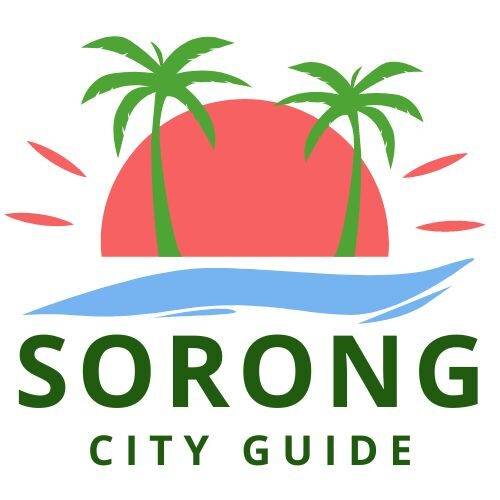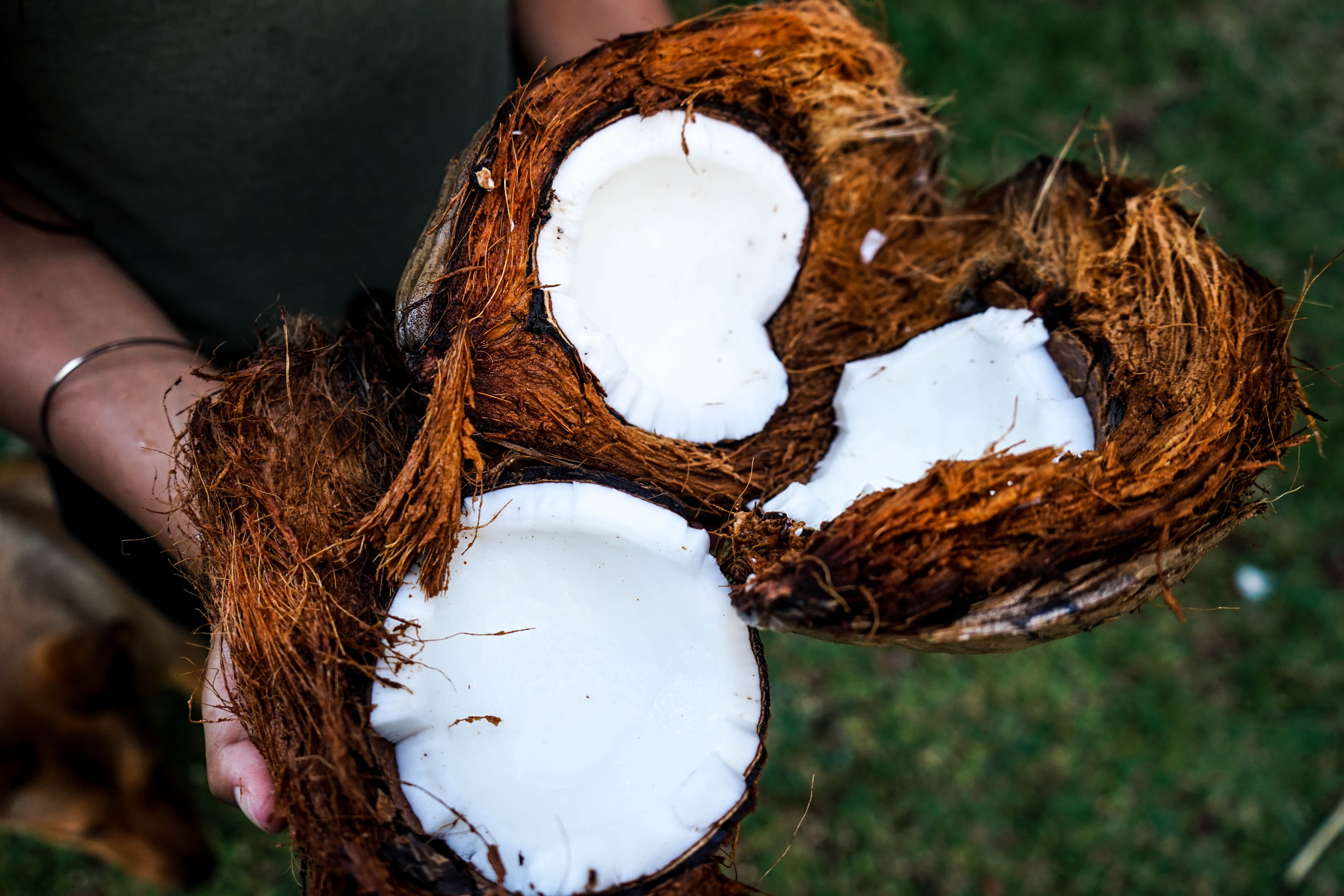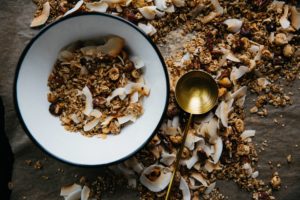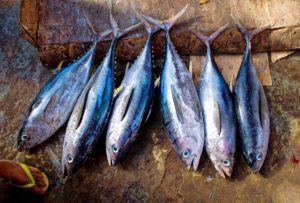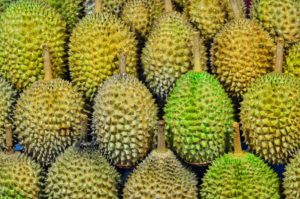The coconut is more than just a refreshing drink. Almost all parts of the coconut – “The Tree of Life” – can be used. There is no other plant that has as many uses as the coconut tree.
Ropes, bowls, jewellery, charcoal
The dry fibrous husk, also called coir, is ideal for gardening, as it improves the water-holding capacity of the soil. It acts like a sponge and supplies the roots of the plants with water whenever they need it. Coconut is very resistant to saltwater and is therefore used to make baskets, mats, ropes, brooms, and brushes.
Long ago, before the time of metal and ceramics, hard coconut shells were used as bowls or for making cutlery. And even today we can still find them. Other items made of coconut shells are jewellery, musical instruments or decorative items.
The hard shell can also be used as charcoal. It has the advantage of generating a lot of heat but little smoke.
Baking, cooking, frying, enjoying
Coconut meat is the part of the coconut from which most products can be obtained.
Coconut milk is not the same as coconut water from the coconut. The milk is thick and creamy and contains more fat. Fresh coconut meat is shredded and pressed until rich and creamy milk is produced. Coconut milk is the basis of many Asian dishes and a great substitute for regular milk.
Coconut oil can be produced in several ways. Virgin coconut oil is made like coconut milk. After pressing the milk, the oil is separated from the water. This method leaves the oil most naturally since no other substances are added. It has a strong coconut flavour and many nutrients.
Refined coconut oil is made from dried coconut meat called “copra”. Copra is grated and then either cold or hot-pressed. After that, the oil is separated from the water. Often, chemical additives are used to make the oil appear cleaner and more odour intensive.
Coconut oil has a low melting point (25 degrees) and is therefore ideal for the confectionery industry. Also, the high smoke point (180-200 degrees) is ideal for baking, cooking, and frying. And not only that – coconut oil is known for many more benefits and is used not only in the kitchen but also in the bathroom.
Here you can find more information about coconut oil and 101 great things you can do with it.
If you want to buy coconut oil, choose 100% virgin coconut oil as it’s the least processed and most natural oil. If you choose organic, you can also be sure that no chemical additives were used during the production process.
Coconut butter is not the same as coconut oil. To make coconut butter yourself, simply put dry coconut meat (like coconut flakes) in a blender. Pure until creamy, similar to peanut butter or mousse. Coconut butter doesn’t melt like coconut oil but stays soft when warmed up. It can be used as a spread or for desserts.
Coconut flour is another great product made from coconut meat. By shredding, drying and grinding fine flour is produced. Coconut flour is not only popular with people on a gluten-free diet, but it also gives every piece of cake a great taste.
Dried coconut meat lasts longer than fresh meat, for example as coconut flakes or coconut chips. Copra, dry coconut meat, is one of the most important export products in the South Pacific.
Refreshing drinks
Fresh pure coconut water is indeed a treat – be it from a young or a ripe coconut.
With a little sugar and patience, the coconut water can turn into alcohol – a drink that is still home-brewed in some rural areas in the tropics.
Adding yeast and sugar turns coconut water into healthy coconut vinegar. It’s rich in iron, calcium, zinc, many minerals and vitamins, and is a great immune enhancer.
“Nata de Coco” is originally from the Philippines but is common throughout Asia. By adding bacterial culture, coconut water will ferment into a gelatinous, tasteless and low-nutrient substance. Often mixed with syrup, you can enjoy it as a dessert or drink.
Sugar and alcohol
The juice of the coconut flower, which later becomes the coconut, is very high in sugar.
It can be drunk fresh or used to make “Arrak“, a strong alcoholic drink, typical from Southeast Asia and India.
Another great product is coconut flower sugar or simply coconut sugar. The juice of the flower is boiled until it turns into a thick syrup and the sugar can be extracted. Coconut sugar is healthier than regular white sugar. It has a lower glycemic index, resulting in lower blood sugar and insulin levels.
And the rest of the tree?
That’s not everything – the rest of the tree can also be used!
The young bud, which is cut from the top of the tree, can be eaten as salad vegetables, called palm cabbage.
The big mature palm leaves can be used as a cover for all sorts of things. They’re also great for roofing, decorating and weaving baskets.
The fibrous decay-resistant tree trunk, known as Porcupine Wood, can be used to build houses, small huts, and other wooden objects.
The roots of the coconut tree can be of great medical benefit. Boiled with water, they help with skin diseases, diarrhoea, fever, and other diseases. In some remote areas, the roots are used as a toothbrush.
In western countries, coconut is mainly used in the kitchen. But in the tropics, this incredible tree is indeed a “tree of life” – any part of the coconut tree can be used in some way.
What is your favourite coconut product?
Photo by Jonas Dücker on Unsplash
The Coconut Part I: The nut that’s not a nut
The Coconut Part II: Tree of Life and its amazing uses
The Coconut Part III: Superfood Coconut and its benefits
